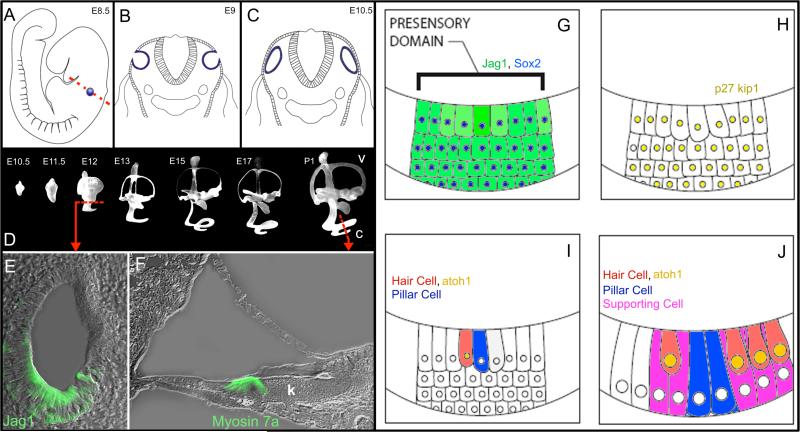Figure 4. Development of the murine cochlea.
A) Cochlear development starts at approximately E8.5 with a thickening of a group of cells on the lateral wall of the developing fetus called the otic placode (blue). The cells of the otic placode invaginate (B) and pinch off from the surface of the embryo to form the otocyst by E10 (C). The red line in A indicates the cross section illustrated in B and C. D) Experiments where latex paint was injected into the developing scala media illustrate the development of the inner ear. The dorsal portion of the otocyst develops into the vestibular system (v) and the ventral portion develops into the cochlea (c). The scala media of the cochlea begins to elongate from the vestibule and spirals apically. Images adapted with permission from Morsli et al., (1998); Society for Neuroscience Publisher. E) Cross section through the E12 otocyst (left dashed line in D) highlights a group of cells that immunolabel for the Jagged-1 protein (Jag1; green), which labels the prosensory domain in the developing cochlea which will develop into the organ of Corti. F) Cross section through the postnatal day 1 (P1) organ of Corti (right dashed line in D) shows most of the adult cells are present at birth, including hair cells that immunolabel for the myosin 7a protein (green). However, the tunnel of Corti has not developed and Kölliker's organ (k) remains in place of the inner sulcus. G) The prosensory domain, identified by jag1 and sox2 expression, begins to express p27kip1 between E12 and E16 which initiates maturation of the sensory epithelium (H). I) Hair cell development begins within the prosensory domain at E13 when hair cells express atoh1 and signal their surrounding cells to differentiate into supporting cells. J) By E18, most of the supporting cells types are present in the sensory epithelium, however; the auditory system is not fully developed into 2 weeks after birth in mice.

